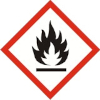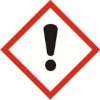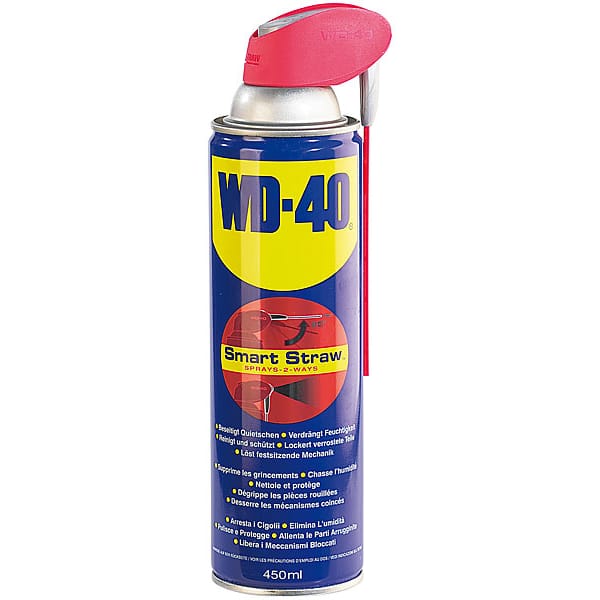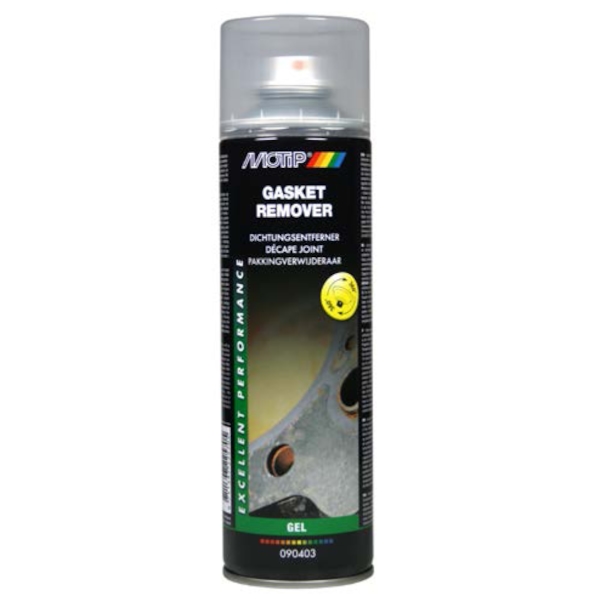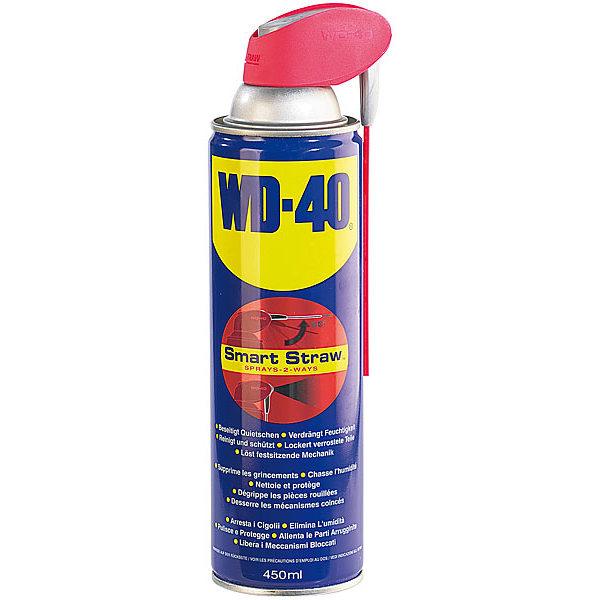WD-40 SMART STRAW sprays in 2 ways:
- simply cut the straw when you want to spray precisely and far.
- Flip the straw down for a regular wide spray action to cover larger
areas.
When it squeaks, creaks, sticks or rusts you need to use WD-40!
Usage:
WD-40 means five products in one for you,
because WD-40 can be used as:
- rust remover
- lubricant
- contact spray
- cleaner
- corrosion prevention spray
WD-40 can be used on all metals and plastics, on paints, plastics, fabrics, leather... and most common materials.
WD-40 does not coagulate or freeze, it prevents ice from sticking and makes
it easier to remove.
WD-40 has very good dielectric properties and can be
used on high voltage equipment (but always in a disconnected position... ).
WD-40 immediately removes any trace of carbon on insulation materials. Under normal storage conditions, the treated metals are protected from condensation and corrosion for long periods.
Properties:
Anti-corrosive
The molecular film formed by WD-40 ensures protection against water, humidity
and their corrosive effects. WD-40 also eliminates light rust and electrolysis
phenomena (fingerprints disappear on shiny or polished metal). There is no need
to remove WD-40 when changing from one stage of manufacture to another, only
when painting should be done prior to cleaning or degreasing.
Unsticking
Thanks to its rapid penetration effect (20 times faster than other release
agents), WD-40 releases highly corroded parts, bolts, control panels, switches,
etc.
Lubricating
Although WD-40 is not considered a specific lubricant, it is widely used to
lubricate small mechanisms as well as electrical and electronic equipment. WD-40
is of primary importance for lubricating mechanisms that do not tolerate
ordinary lubricants because of the risk of staining or damage during operation.
Atomisation
is recommended, even for inaccessible parts, thus avoiding costly dismantling
and reassembly operations.
